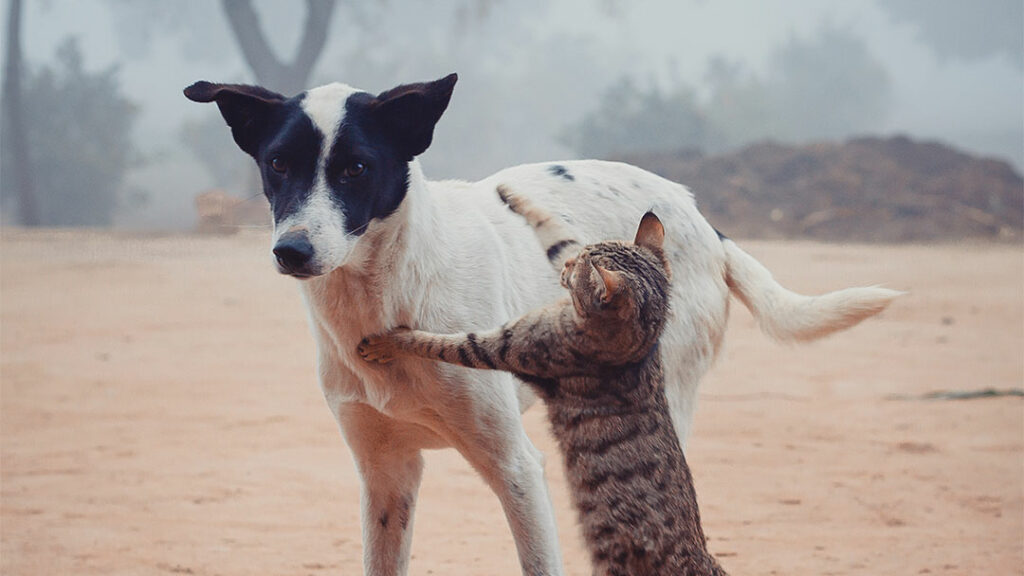With the temperatures getting colder and winter coming, outside cats are wondering how to stay warm and keep warm while they are outside. So if you want to make sure your pets can snuggle in their own space, you have to provide them with a cosy, insulated cat house for outside winter. Whether you are providing care for feral cats, stray neighbourhood felines, or putting together a safe, outdoor shelter for your pet, a well-insulated cat house can make a world of difference.
Designing a warm house outside in winter isn’t complicated, but you need to be familiar with insulation techniques, materials, and architectural elements that will protect the heat and provide barriers to harsh weather. In this article, we’ll explore practical insulation tips to build or improve a cat house that offers warmth and protection throughout the cold season.
Why Insulation Matters for Outdoor Cat Houses
Cats are pretty sturdy animals, but repeated exposure to the cold can cause hypothermia and other related health issues. Outdoor cats aren’t privy to central heating and heated floors as indoor cats are. Warmth of these large cats is largely a matter of insulation that prevents body heat from dispersing, while blocking wind and rain and snow.
A non-insulated cat house will soon become cold and wet, which will not be pleasant for your pet and it misses the goal. Insulation creates a barrier stopping the loss of hot air and keeping the inside of a house warm. It also helps to keep moisture out, an important barrier because moisture can speed up heat loss and make the cat more vulnerable to illness.
Choosing the Right Materials for Insulation
When choosing materials to insulate a cat house for outside in the winter, three main things to consider are how durable and safe it is, while also being able to provide adequate thermal insulation. It is possible to reuse a variety of readily available household and building materials to good effect.
Foam Board Insulation
Foam boards are a great insulator. They’re lightweight, cut easily, and work well with cat houses walls, floors, and roof. Foam boards are water resistant, which contributes to keeping the inside dry. All the walls and the floor have been fitted through with foam board panels, resulting in a thick sandwich of insulation to hold in the heat.
Straw Bedding
Straw is a good natural insulator and is commonly used in animal housing because it holds in heat and remains dry if kept out of the elements. Straw won’t absorb moisture as much as hay, so it’s best for the carpets and bedding of the cat house. The thick straw layer can help cats burrow and snuggle for warmth. Don’t forget to change out the straw once in a while to keep it clean and dry.
Reflective Insulation
Reflective insulation (like emergency foil blankets) could be affixed to the inside walls or ceiling of the cat house. These materials bounce the cat’s body heat back inside the shelter to help minimise heat loss. Reflective insulation is lightweight and thin, which makes it suitable for combination with other insulating materials.
Designing for Maximum Warmth and Comfort
As with insulation, cat house construction is crucial. There are various design principles that can make insulation more effective and protect cats from the cold of winter.
Size and Shape
A smaller cat house stays warmer than a large one because there is less warm air leaking out and the cat’s body heat is better able to warm up the space. The interior of the chamber should be no larger than just big enough to accommodate the cat lying down and turning around, which reduces the volume of air that needs to be warmed.
This design should provide some shelter from wind and rain. A roof that extends over the entrance also keeps snow and rain out. The slanted roof angles rest on the roof that will direct the runoff away to prevent moisture accumulation.
Elevated Floor
Not letting the cat house sit on the ground insulates it from the cold and wet ground. Raising the shelter with bricks, wood blocks, or a small platform also allows air to circulate under the shelter and limits the amount of heat that is lost to the cold ground. Elevated flooring combined with insulated foam boards forms a tasty base.
Entrance Design
The entry is a key point of heat loss and potential for cold to enter. You can block drafts with a heavy fabric or vinyl door flap, and if you position the opening away from prevailing winds, wind won’t make its way through the interior. A prechamber, tunnel or vestibule ahead of the main chamber can act as an air lock which retains heat and prevents cold, outside air from rushing directly into the hearth.
Additional Tips for Winterising a Cat House
For extra security to help make your pet shelters even more comfortable, it’s quite easy to tack a blanket or heavy towel over the wire door and cut a hole that only the animal can fit their head through.
Weatherproofing
Seal the outside walls and roof with waterproof paint or sealant to keep out water. Weather stripping along edges and joints will help keep gaps from which cold air could sneak in.
Multiple Layers
Thermal resistance is enhanced by sandwiching insulation materials. Lining walls with foam board and then fitting reflective insulation across the inside creates a dual-layer insulator from heat loss.
Regular Maintenance
Monitor your outdoor cat house during winter regularly to confirm insulation still stable and dry. Change wet straw bedding and seal any cracks or holes in the walls that form with age.
Supplemental Warmth
In very cold temperatures, some are also using self-warming pet pads or safe heating options developed for outdoor animals. These are excellent for added warmth but users should be careful not to create an overheating or fire risk.
Benefits of a Warm Cat House for Outside Winter
Spending time and even energy on creating a good insulated cat house outside for winter is not only a protection for your pets. The protection they need is in winter, but also peace of mind. Warm shelter lessens the danger of cold-induced frostbite, hypothermia and respiratory diseases. It promotes cats to remain near home, and to keep them healthy throughout the undesirable season.
Outdoor insulated cat houses can also be used as a temporary shelter for feral colonies of cats, stray cats or any neighbour’s cat until you find a permanent place for them. By giving these shelters, community members can help lift animal welfare and lessen the harshness of winter for feral cats.
Conclusion
This warm cat bed for outside winter is a cosy house for any outdoor kitty to stay warm when the weather gets cold. Good insulation (foam board, straw, reflective lining), together with good design (small, elevated chamber, protected entrance), will ensure that your furry pal will be warm and secure. Both good weatherising and maintenance will keep the shelter as a trusty nest this season, as past ones.
With these insulation tips and design tricks, it’s easy to make a warm and sheltered space that allows outdoor cats to survive winter with dignity and warmth. And it isn’t just showing you care for the felines of the world, it can also improve the bond with these tough animals that depend on your kindness in the colder days.



